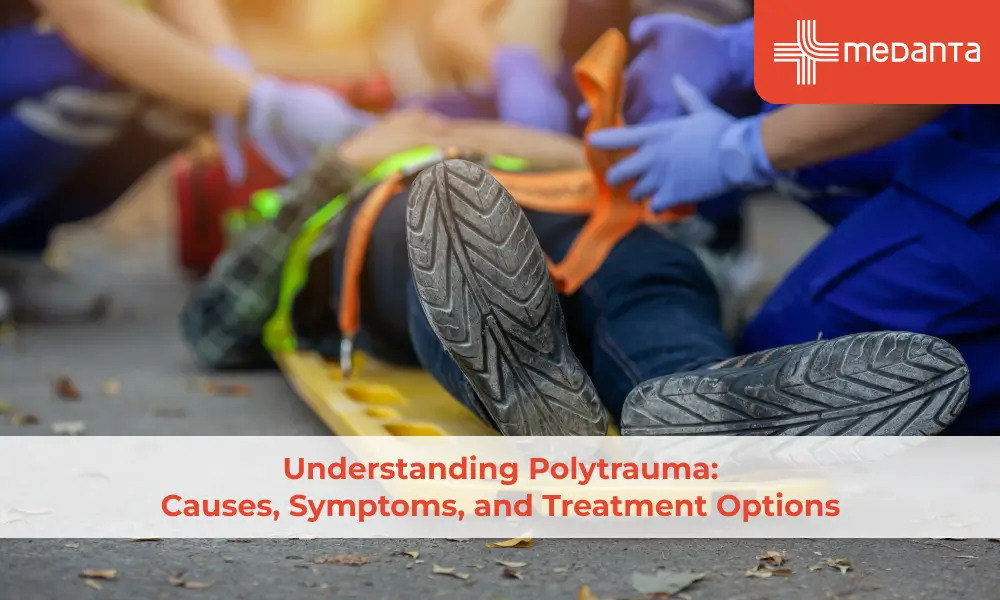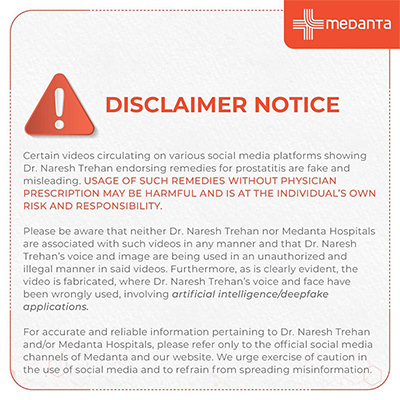5 Best Things About Laser Cardiac Surgery: From Reducing Recovery Time to Minimizing Scarring!

TABLE OF CONTENTS
Heart ailments have emerged as a commonplace health predicament in contemporary society, and scientific advancements have given rise to several treatments, including cardiac surgical procedures. Conventional heart surgeries are intrusive and necessitate a sizable incision in the chest, which can engender prolonged convalescence periods and prominent blemishing. Nevertheless, the introduction of laser cardiac surgery has completely transformed the sphere of cardiovascular medicine. In the ensuing manuscript, we shall deliberate upon the five most noteworthy aspects of laser cardiac surgery, such as reduced convalescence period, minimized blemishing, and other benefits.
What is laser cardiac surgery?
Laser-based surgical intervention for the cardiac system is a procedure with a minimally invasive approach that capitalizes on laser technology to precisely incise heart tissue. A catheter, which is introduced into the body through a diminutive incision on the skin, serves as a conduit for the delivery of laser energy. By means of absorption by the heart tissue, the laser energy prompts accurately targeted incisions while sparing any surrounding tissue from inadvertent harm. Laser cardiac surgery is a newly developed, cutting-edge methodology that is gradually gaining momentum owing to its various advantages over the customary, orthodox heart surgeries.
Benefits of laser cardiac surgery
Reduced recovery time
The decreased recovery period is one of the most salient advantages of employing laser cardiac surgery. Conventional heart surgery necessitates a sizeable cut on the chest, which typically requires an extended period of weeks to heal. In contrast, laser cardiac surgery employs a minuscule incision, resulting in less agony and vexation, thereby enabling the patient to recuperate rapidly. In fact, patients undergoing laser cardiac surgery are typically able to recommence their regular routines within a matter of mere days following the procedure.
Minimized scarring
A further consequential advantage of laser cardiac surgery is the diminution of scarring. Traditional heart surgery typically results in a substantial scar on the chest, which can be both unappealing and distressing for the patient. Conversely, laser cardiac surgery necessitates only a minute incision, leading to a significantly reduced amount of scarring, rendering it a more aesthetically appealing alternative for patients.
Less pain and discomfort
Laser cardiac surgery represents a less intrusive modality that brings about lesser anguish and distress as compared to traditional heart surgery. The smaller incision and precise laser cuts are conducive to less trauma inflicted upon the heart tissue, thereby curtailing the pain and discomfort that would typically accompany a surgical intervention of this nature.
Reduced risk of infection
By virtue of laser cardiac surgery being a minimally invasive modality, there is a lowered likelihood of infection as compared to traditional heart surgery. The smaller incision and precise laser cuts have the salient effect of minimizing trauma to the heart tissue, thereby reducing the hazard of infection and other potential complications that may ensue from the procedure.
Shorter hospital stay
It is not uncommon for patients undergoing laser cardiac surgery to have shorter hospital stays when compared to their counterparts undergoing traditional heart surgery. This can be attributed to the fact that laser cardiac surgery is a minimally invasive modality that necessitates a shorter recovery period, thereby allowing patients to be discharged from the hospital within a span of a few days post-surgery.
Types of laser cardiac surgeries
There are several types of laser cardiac surgeries that can be performed, including:
Percutaneous Transmyocardial Laser Revascularization (PTMR)
PTMR is a laser cardiac surgery technique that is used to treat patients with severe angina, a condition that causes chest pain and discomfort. PTMR involves using a laser to create small channels in the heart muscle, which improves blood flow to the heart and reduces the symptoms of angina.
Laser-assisted angioplasty
Laser-assisted angioplasty is a procedure that aims to treat the narrowing or blockage of arteries. This minimally invasive technique involves using a laser to remove plaque build-up in the arteries, which can impede blood flow to the heart and increase the risk of heart attack or stroke. By removing the plaque, blood flow is improved, and the risk of cardiovascular complications is reduced.
Laser-assisted atherectomy
Laser-assisted atherectomy is a medical procedure that involves using a laser to remove plaque build-up in the arteries. The laser vaporizes the plaque, breaking it down into small particles that can be removed from the body through a catheter. This minimally invasive procedure can help improve blood flow and reduce the risk of complications associated with blocked arteries.
Laser-assisted endarterectomy
Laser-assisted endarterectomy is a procedure used to remove plaque build-up in the carotid artery located in the neck. This minimally invasive procedure involves the use of a laser to vaporize the plaque, which is then removed from the body through a catheter, resulting in improved blood flow to the brain and a lower risk of stroke.
Transcatheter laser septal ablation
Transcatheter laser septal ablation is a procedure that uses a laser to treat hypertrophic cardiomyopathy, a condition that causes thickening of the heart muscle. This minimally invasive procedure involves creating small holes in the heart muscle using a laser. These holes reduce the thickness of the muscle and improve blood flow in the heart.
Who can undergo laser cardiac surgery?
Laser cardiac surgery is a viable and secure choice for patients who need heart surgery. Nonetheless, not all patients may be suitable candidates for the procedure. Patients who have advanced heart disease or have undergone previous heart surgeries may not qualify for laser cardiac surgery. It is vital to consult with a cardiovascular surgeon to assess if laser cardiac surgery is the best course of action for your case.
Preparing for laser cardiac surgery
Before undergoing laser cardiac surgery, patients will need to undergo several tests and exams to ensure that they are healthy enough for the procedure. These tests may include blood tests, electrocardiograms, echocardiograms, and angiograms. Patients may also need to make lifestyle changes, such as quitting smoking or losing weight, to reduce their risk of complications during and after the surgery.
Laser cardiac surgery procedure
To conduct laser cardiac surgery, the patient is placed under general anaesthesia. A tiny cut is then made in the patient's skin, and a catheter is inserted into the heart. The laser is employed to produce accurate cuts in the heart tissue, enabling the surgeon to carry out the required surgical procedures. Generally, the surgery lasts anywhere from 2 to 4 hours.
Conclusion
Laser-assisted cardiac surgery provides a plethora of advantages compared to the conventional open-heart surgery. These advantages encompass a shorter convalescence period, petite cuts, precision cuts, and reduced incidence of complications. If you require heart surgery, it is highly recommended that you have a detailed discussion with your physician regarding the benefits of laser-assisted cardiac surgery and how it may be a fitting treatment option that aligns with your specific predicament. With the incessant progress in medical technology, laser-assisted cardiac surgery has evolved into a dependable and potent alternative to the traditional open-heart surgery that is favourable for a copious number of patients. I urge you to communicate this option with your physician and explore how it can be advantageous to you.






